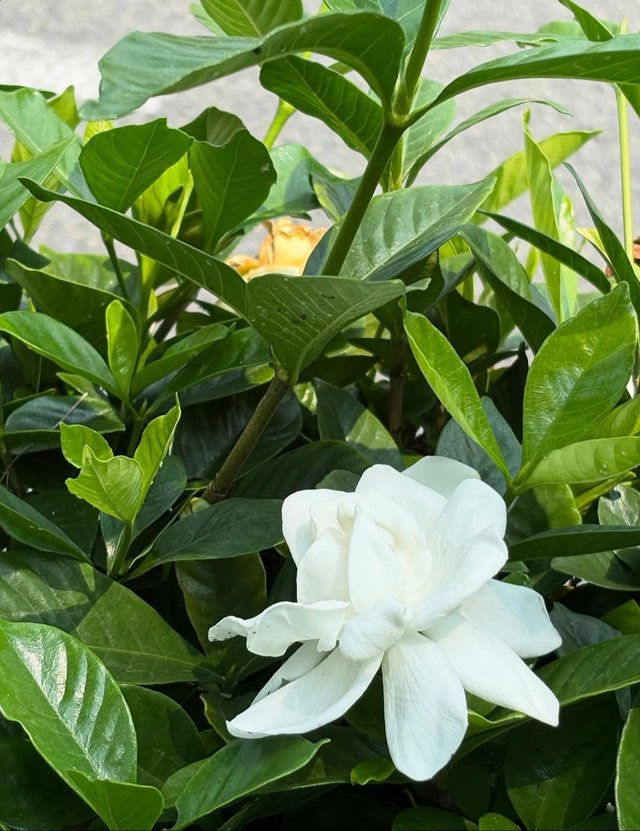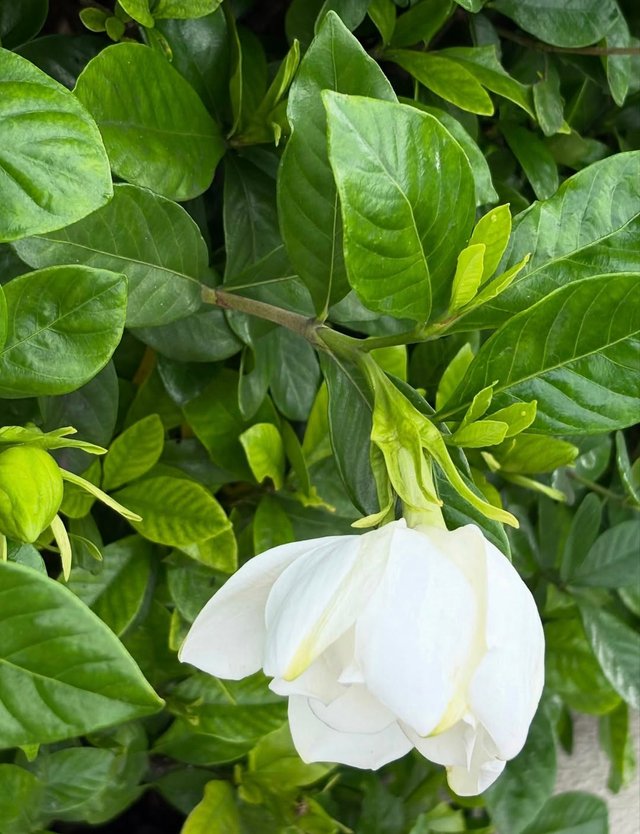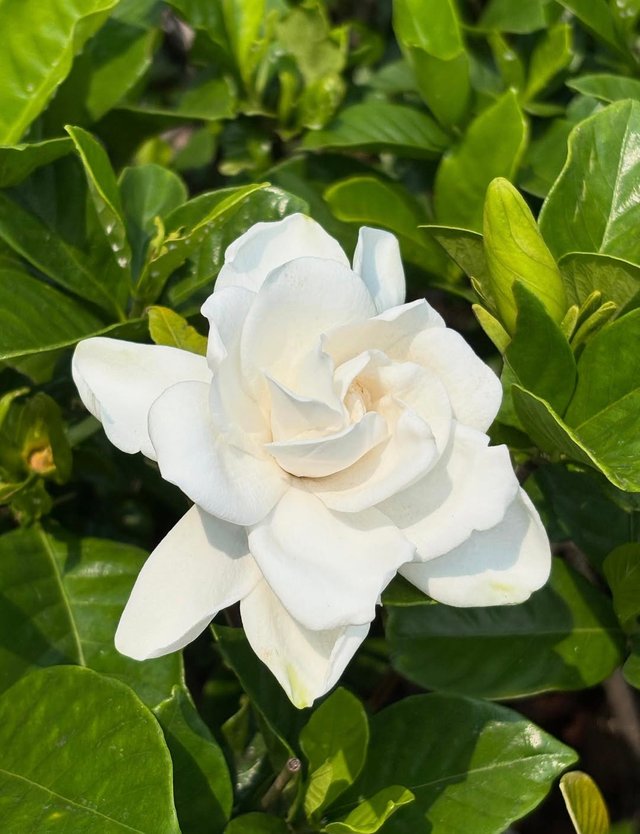Cape Jasmine
Among the many beautiful and aromatic plants that grace gardens around the world, few are as beloved as the Cape Jasmine. With its snow-white blooms, glossy green leaves, and intoxicating fragrance, Cape Jasmine holds a special place in the hearts of plant lovers, gardeners, and florists alike.Cape Jasmine, despite its name, is not native to the Cape of Good Hope. The name likely arose from early European botanists who received specimens from the Cape and mistakenly assumed it was native there. In truth, this plant is native to parts of Southeast Asia, particularly China, Taiwan, and Japan.
Its botanical name, Gardenia jasminoides, pays homage to Dr. Alexander Garden, a Scottish-born American botanist. The “jasminoides” part means “resembling jasmine,” which refers to the flower’s sweet, jasmine-like scent.Cape Jasmine is an evergreen shrub that typically grows between 1 to 2 meters (3 to 6 feet) tall.
The blossoms are large (5–10 cm wide), white or creamy, and often double-petaled, resembling small roses. They are well-known for their rich, sweet fragrance that can perfume an entire garden.Its leaves are dark green, glossy, and leathery – offering a stunning contrast to the delicate whiteness of the blooms.Perhaps the most iconic feature, the scent of Cape Jasmine is both soothing and romantic, often described as a blend of jasmine, vanilla, and orange blossom.



